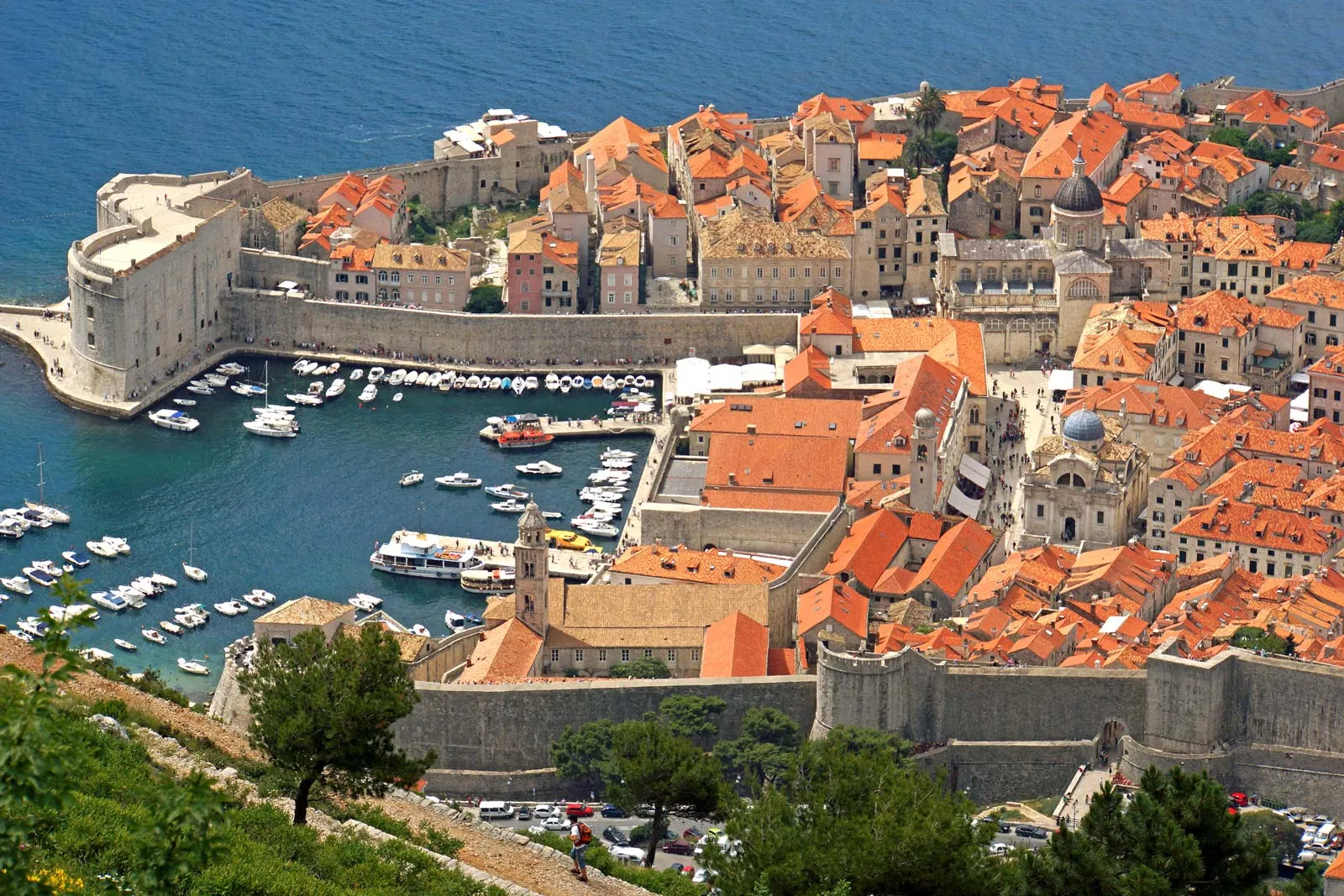
Croatia is located in the northwestern part of the Balkan peninsula. The country declared its independence from Yugoslavia in 1991. However, it faced four years of war and a decade of authoritarian nationalism under President Franjo Tudjman.
History
Historically, Croatia was a bridge connecting the central European and Mediterranean worlds.
The first Croats settled here around 500 AD. From 1868 till the end of World War II, it was ruled by Hungary and then it became a part of Yugoslavia.
In the early 1990s, Communism collapsed in eastern Europe. While being part of Yugoslavia, different ethnic groups in the Croatian region began to fight for power and independence.
After Croatia declared its independence in 1991, a civil war began between the Croatians and Serbians. The war came to an end with the signing of the Dayton Agreement in December 1995.
After the fall of Communism in Croatia, the government converted the economy from the Yugoslav system of socialist self-management to market-oriented capitalism.
Geography
The country is small, crescent-shaped, and geographically diverse. It has low mountains and highlands near the Adriatic coastline.
There are flat plains near the Hungarian border. Near the mountainous regions, winters are snowy and the summers are mild. The coastal areas have hot, sunny summers and mild winters. The highest mountain here is Dinara, located in the central mountain belt.
Flora and fauna
Due to the country's diverse geography, the flora and fauna are also varied. While on the Dalmatian coast, grapes and olives are grown, Istria is covered with firs, and Slavonia has oak forests.
The country has wolves, bears, hares, foxes, boars, wildcats, and mouflons (wild sheep). The sea life in the Adriatic includes several coral reefs, and underwater caves serve as habitats.
People
There are several ethnic groups in the country. Croats are the largest ethnic group. Serbs are the largest minority group though their population decreased after the 1990s war of independence.
The other populations include Bosnian Muslims, Hungarians, Italians, and Slovenes as well as some Albanians, Austrians, Bulgarians, Czechs, Germans, and other nationalities.
The diversity in population has influenced its cuisine. Along the coast, fish is served with blitva, which is a Swiss chard mixed with potatoes and garlic in olive oil.
The country's literary history dates back to about 1100. The first book in the Croatian language was Hrvoje's Missal, a liturgical text printed in 1483.
UNESCO has included several sites on its World Heritage List, such as the old city of Dubrovnik and Split, which contains the ruins of the palace of Roman emperor Diocletian.
Sports in Croatis dates back to the Roman times (medieval knights' tournaments). The organised sport began in the country in late 19th Century, when the first sports associations were founded. In 1874, Hrvatski Sokol (Croatian Falcon) was founded. It soon became the largest organisation in the country promoting modern gymnastics and other branches of sports such as cycling, fencing, equestrianism, athletics, skating, tennis, etc.
Government
By early 2003, Slovenia became the second former Yugoslav republic to have applied for membership in the European Union (EU). On July 1, 2013, the country became the 28th member state of the EU.
The President is elected by a popular vote to a five-year term. However, his role is mainly ceremonial. Though the President appoints the Prime Minister, the parliament approves the nomination.
Picture Credit : Google




